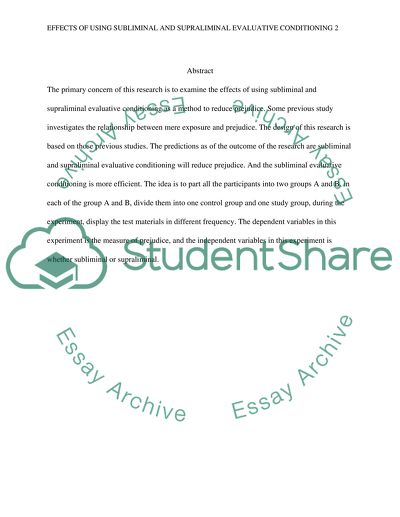Cite this document
(“Effects of Using Subliminal and Supraliminal Evaluative Conditioning Research Proposal”, n.d.)
Retrieved from https://studentshare.org/psychology/1435911-examine-the-effects-of-using-subliminal-and
Retrieved from https://studentshare.org/psychology/1435911-examine-the-effects-of-using-subliminal-and
(Effects of Using Subliminal and Supraliminal Evaluative Conditioning Research Proposal)
https://studentshare.org/psychology/1435911-examine-the-effects-of-using-subliminal-and.
https://studentshare.org/psychology/1435911-examine-the-effects-of-using-subliminal-and.
“Effects of Using Subliminal and Supraliminal Evaluative Conditioning Research Proposal”, n.d. https://studentshare.org/psychology/1435911-examine-the-effects-of-using-subliminal-and.


